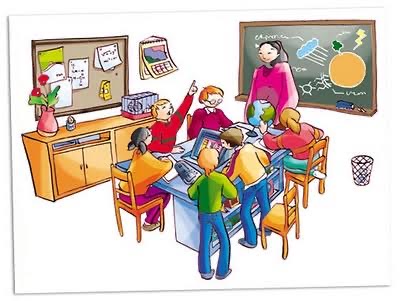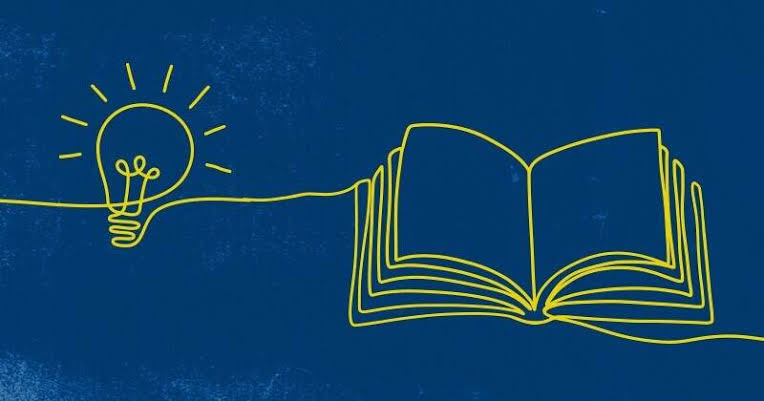TABLE OF CONTENT:
- COMPARISON OF CLT WITH OTHER APPROACHES:
- Positive features of communicative language
- Discussions and Research about CLT
INTRODUCTION:
Communicative Language Teaching (CLT) is an approach to language learning and teaching that emphasizes the importance of communication as the main goal of language learning. Developed in the 1970s and 1980s as a response to the limitations of traditional grammar-based approaches, CLT focuses on providing learners with opportunities to engage in authentic, meaningful communication through interactive activities and tasks. The approach emphasizes the use of language in context and the development of learners' communicative competence, which includes not only knowledge of grammar and vocabulary but also the ability to use language appropriately in different situations and for different purposes. In this way, CLT seeks to provide learners with the skills and confidence they need to communicate effectively in real-world situations.

COMPARISON OF CLT WITH OTHER APPROACHES:
Additionally, we can compare the direct approach and grammar-translation method with the communicative approach to teaching languages. Three main methods have been used in language learning and instruction: the Direct Method, Grammar Translation Method, and Communicative Language Teaching (CLT).
With the use of actual materials and circumstances from everyday life, CLT emphasizes conversation and interaction among students to support language that is natural acquisition. whereas GTM places less emphasis on communication and instead stresses the study of grammatical principles and the translation of texts. The Direct Method, commonly called the Natural Method, focuses on spoken interaction and direct language instruction using the target language solely.

The following are some of the main distinctions among these three methods:
-
The Direct Method concentrates on improving abilities to communicate verbally, while GTM emphasizes vocabulary acquisition and grammar correctness. CLT attempts to support students in developing their abilities to communicate.
-
CLT uses authentic resources, like books and events from everyday life, that help with learning a language. While the Direct Method teaches languages directly using actions, pictures, gestures, and illustrations, the GTM largely uses books and translation tasks.
-
CLT encourages participation and interaction through adopting role-plays, collaborative tasks, and working together. The Direct Method places a strong emphasis on contextual development and language practice, while GTM depends on instruction from teachers.
-
Grammar is important, but CLT sees it more as a tool to communicate than as a goal as a whole itself. Although Direct Method aims to teach grammar implicitly via contact with language that is natural, GTM lays a strong focus on mastering the rules of grammar.
-
In CLT, the teacher takes on the role of a coordinator, providing chances for students to utilise communication in contexts that are significant In GTM, the instructor serves as the main source of information, while in the Direct Method, the teacher serves as a role example that students can follow.
For several reasons, CLT may be a stimulating method for language acquisition. It is a method of instruction that places the student at the core of the learning process, encouraging students to become in charge of their education and explore their passions and objectives. This approach makes utilization of realistic resources, including literature as well as observations from daily existence, that could motivate students who are interested in learning a foreign language with an application in their lives. Additionally, it encourages cooperative learning, where students practice how to communicate by working in pairs or teams. For students who prefer interaction with others and are interested in selecting the thinking of their friends, this might be enjoyable. Task-based learning is used in communicative language instruction, as students do actual activities that require the use of language. For students of languages who are anxious to put their studies into practice, this might be inspiring. feedback on communication and abilities is given to students in CLT, which might inspire those who desire to get better at speaking a foreign tongue. In general, by emphasizing interaction and involvement, utilizing real resources, encouraging learning together, and offering feedback on abilities to communicate, the communication approach may give students a more enjoyable and inspiring way to acquire a language.
Positive features of communicative language
Though we have primarily highlighted the positive features of communicative language education, there are also drawbacks to CLT. The fact that CLT ignores linguistic correctness, especially in the beginning phases of language acquisition, is one of its objections. This may cause students to utilize the language incorrectly for a long time. The preparation for this technique takes a lot of time for instructors because it frequently involves developing resources and activities which are interesting and relevant for the learners. Another criticism of CLT is that it frequently neglects grammar education, which may be an essential part of language learning. In CLT, there might be an unequal distribution of involvement and engagement because a few learners might control the conversation while others keep quiet. Especially in bigger classrooms, the individual learner needs might not receive a lot of focus in a CLT classroom. This may cause a few learners to fall behind or not get the help they need to advance in their language studies. It's crucial to remember that only a few circumstances and contexts will fit these drawbacks. When choosing the best strategy to use, teachers should consider the requirements of their students as well as the objectives of their language education.

Discussions and Research about CLT
In the discipline of English Language Teaching (ELT), Communicative Language Teaching (CLT) has received a great deal of attention. Here are several discussions and research about CLT:
-
According to some experts, CLT is ineffective for some learners, particularly those who require specific grammar and vocabulary teaching. Others contend that CLT is useful for fostering communication and enhancing language ability among learners.
-
The CLT emphasizes communication above precision, which sparks discussions over whether fluency or accuracy should take precedence.
-
To encourage genuine dialogue, CLT promotes the use of authentic materials. Some contend that simpler materials may be better acceptable for newcomers and that real resources may not be beneficial to every student.
-
According to multiple investigations that have looked at the teacher's involvement in CLT, instructors must get training on how to facilitate communication, give feedback, and foster an atmosphere that promotes learning.
-
Many studies have looked at how students feel about CLT and discovered that they typically love it and find it more interesting than conventional techniques.
Conclusion:
Instead of focusing just on memorizing grammatical rules and vocabulary lists, the communicative method aims to help students acquire the capacity to use English successfully in contexts that are relevant and authentic. In CLT, the teacher's responsibilities include promoting communication, giving feedback, fostering a positive atmosphere for learning, using relevant resources, striking a balance between correctness and proficiency, and participating in ongoing developmental activities. While earlier systems, such as the Grammar Translation Method or Direct Method, as well as numerous additional ELT approaches, were deficient in particular abilities, the communicative language teaching method contains all four skills, involving reading, writing, listening, and speaking.


You must be logged in to post a comment.